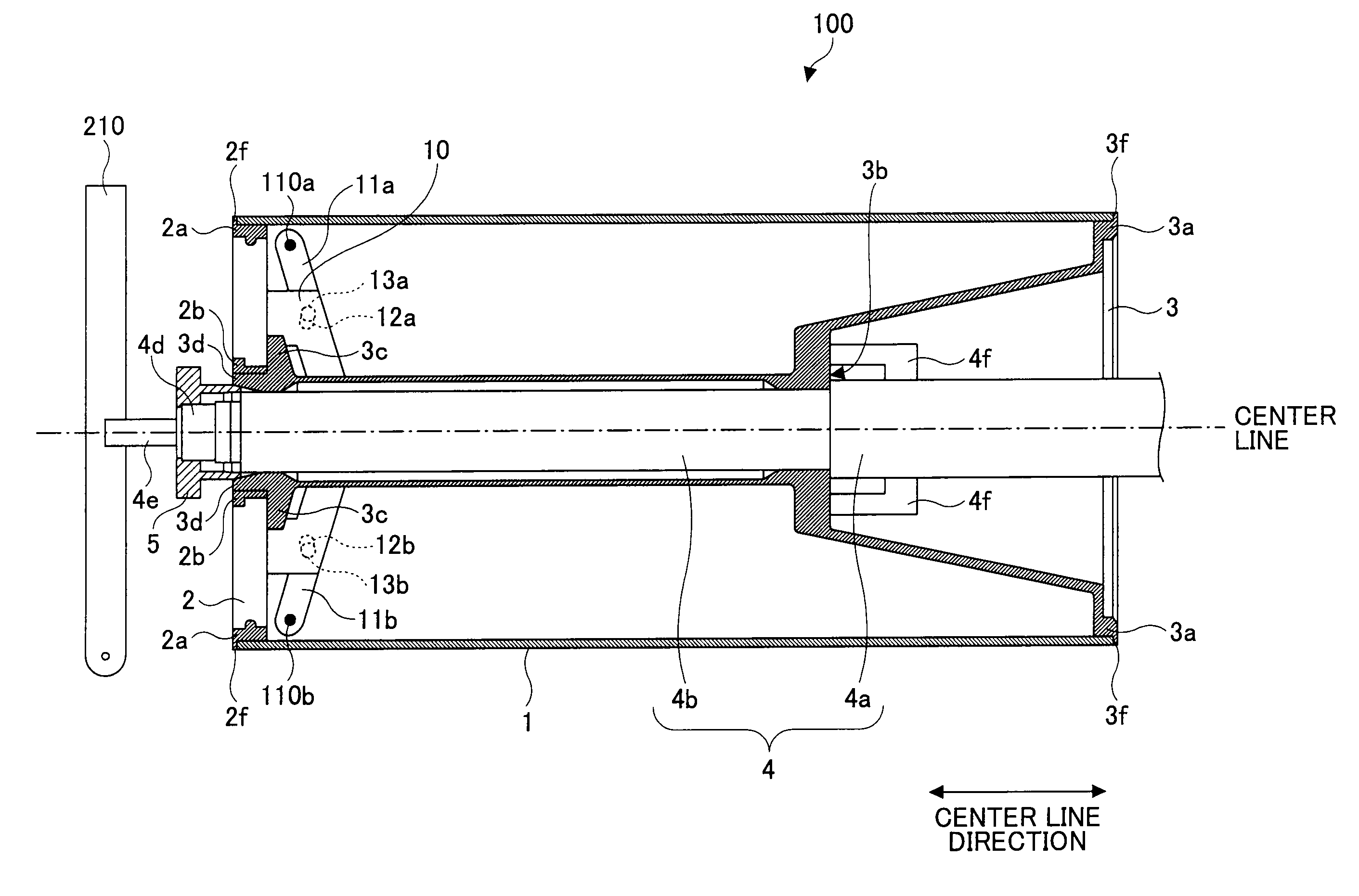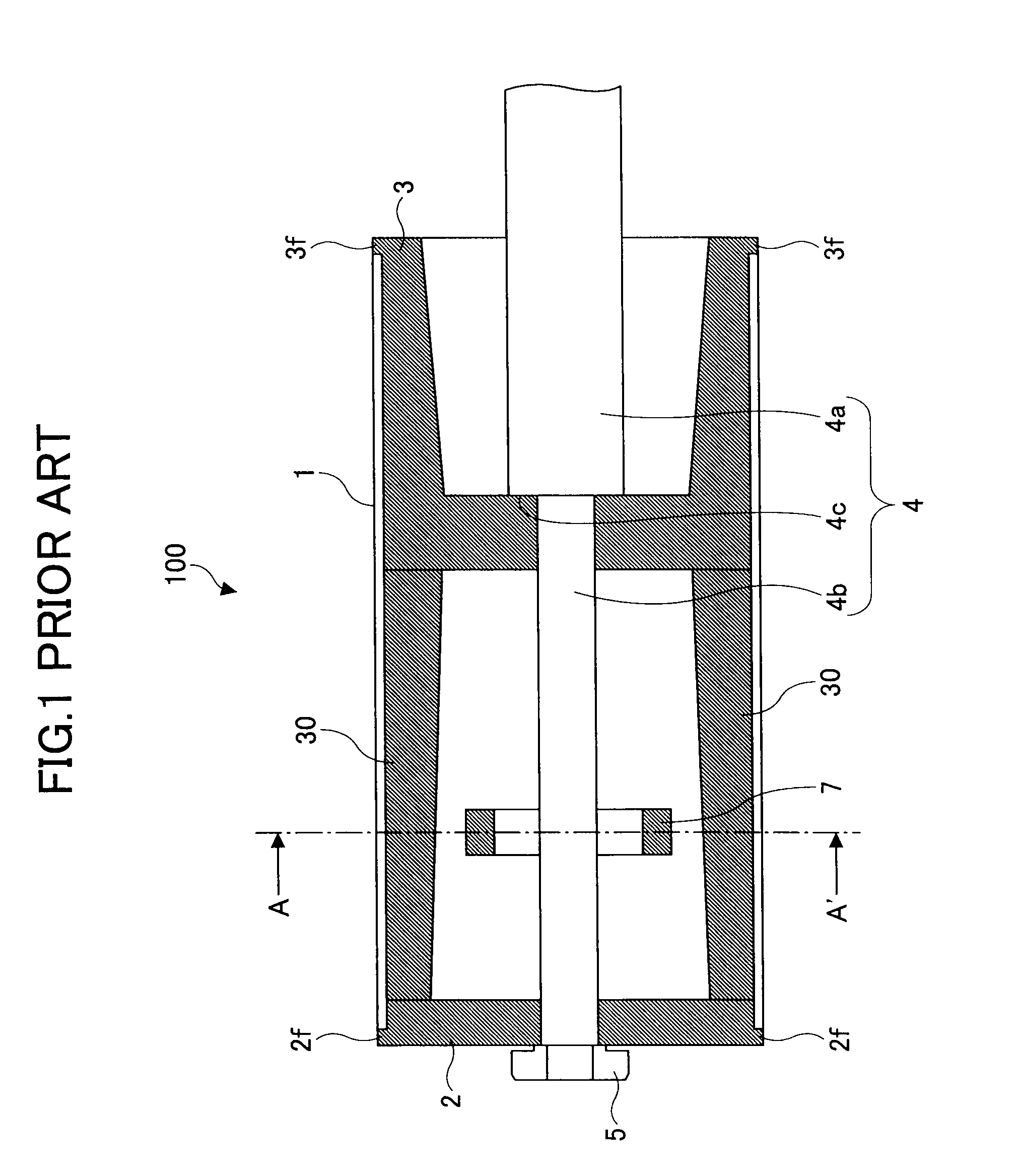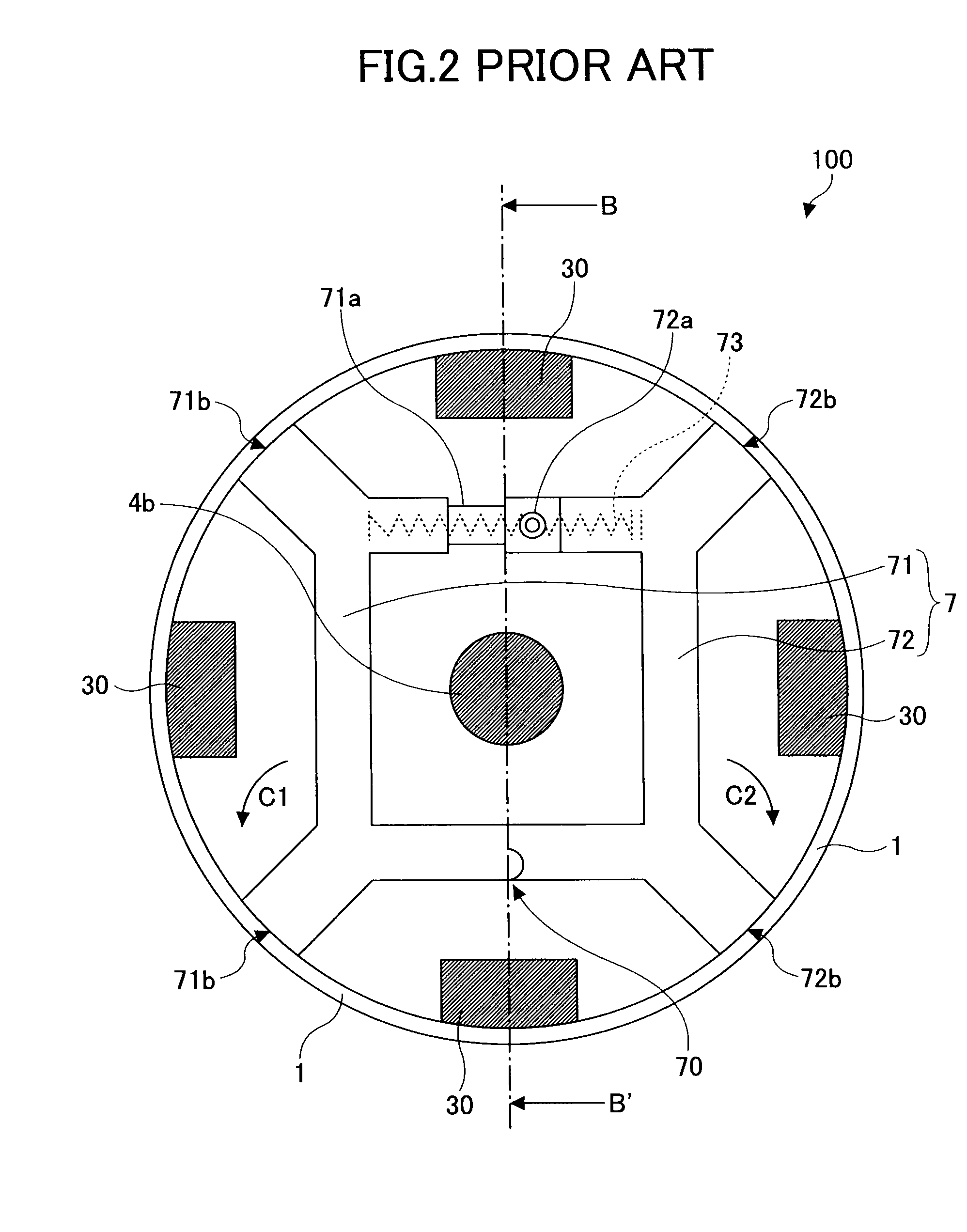Photoconductive drum and image forming apparatus having the same
a technology of image forming apparatus and drum, which is applied in the direction of electrographic process apparatus, instruments, corona discharge, etc., can solve the problems of degrading image quality, increasing repair and maintenance costs, and hand of the operator stained due to dirt on the surface, so as to achieve a higher pressing force and high pressing force
- Summary
- Abstract
- Description
- Claims
- Application Information
AI Technical Summary
Benefits of technology
Problems solved by technology
Method used
Image
Examples
Embodiment Construction
[0057]In the following, embodiments of the present invention applied to a printer (hereinafter referred to as a printer 200) as an image forming apparatus will be described with reference to the accompanying drawings.
[0058]FIG. 4 schematically shows an exemplary configuration of the printer 200 according to an embodiment of the present invention. As shown in FIG. 4, the printer 200 includes a photoconductive drum 100 and a charging device 19, an exposure device 20, a development device 21, and a corona transfer device 43 which are arranged in the circumferential direction along the outer circumferential surface of the photoconductive drum 100, the corona transfer device 43 serving as transfer means.
[0059]After charges are uniformly distributed on the surface of the photoconductive drum 100 by the charging device 19, a laser light L in accordance with image data to be printed is irradiated onto the surface of the photoconductive drum 100 by the exposure device 20. By doing this, a st...
PUM
 Login to View More
Login to View More Abstract
Description
Claims
Application Information
 Login to View More
Login to View More - R&D
- Intellectual Property
- Life Sciences
- Materials
- Tech Scout
- Unparalleled Data Quality
- Higher Quality Content
- 60% Fewer Hallucinations
Browse by: Latest US Patents, China's latest patents, Technical Efficacy Thesaurus, Application Domain, Technology Topic, Popular Technical Reports.
© 2025 PatSnap. All rights reserved.Legal|Privacy policy|Modern Slavery Act Transparency Statement|Sitemap|About US| Contact US: help@patsnap.com



